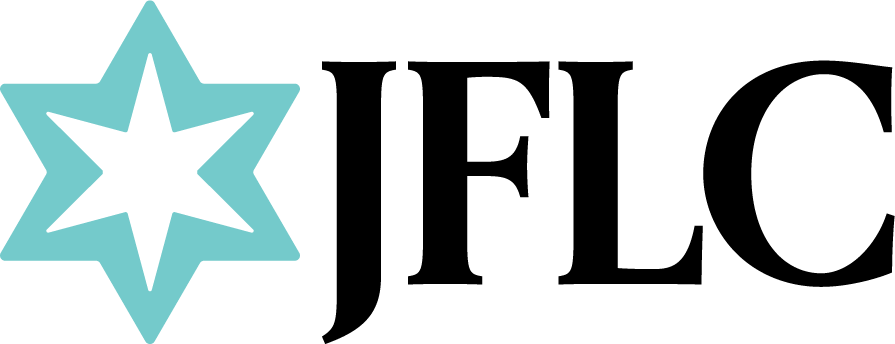Predatory Lending is a Feminist Issue
by Leah Greenblum
At a time when #girlboss, Ellevest, and First Women’s Bank are trending, many are celebrating the progress women are making in the financial sphere. Yes, wealthier women and minorities have historically been ignored by marketing teams at large financial institutions. But what about the harm financial institutions cause to lower-income women and trans people? As feminists and people invested in making the world a more just, compassionate place, we need to shed light on the deeper reality of resource disparities in the financial marketplace.
What is predatory lending?
Predatory lending practices are defined as loan transactions that are unfair to borrowers. Oftentimes, predatory lenders target people of lower socio-economic status who may live paycheck-to-paycheck, people of color, elderly people, those with thin credit or a low credit score (such as below 630), or others with little access to credit. Signing on the dotted line for one of these loans usually means unrealistic paydown terms, extremely high interest rates, high fees, and penalty-based charges for borrowers who fail to meet excessive terms of the loan. More than 12 million Americans take out payday loans (a common form of predatory lending) each year, costing another $9 billion in payday loan fees. Average borrowers earn about $30,000 per year, and 58% have trouble meeting their monthly expenses.
How do they do it?
Predatory lenders advertise lower monthly payments, but do not explain that borrowers will be paying more money over longer periods of time. Besides unclear advertising and unaffordable fee structures, high-pressure sales tactics may also be employed in the form of coercion and deception. Payday loans are pervasive because they’re easy to access for underbanked individuals with few or no legitimate loan alternatives. Borrowers often take out loans of less than $1,000 to cover essentials such as rent, utilities, food, or a medical bill.
According to the Illinois Attorney General, “Many payday borrowers come up short on their loan’s due date, so they must take out a new loan to pay off the old one. Or sometimes, lenders will offer consumers additional cash if they take out a new loan to pay off the old one. This is called ‘rolling over’ a loan. Each time a loan is rolled over, the lender tacks on additional fees. This creates a cycle of debt from which some families never recover.”
Tiffany Moore, a woman from Forest Park, remarked to the Chicago Sun Times about her loan, “How can you get ahead if they’re charging all that interest?”
How is this legal?
According to Investopedia.com, “Standard usury laws typically dictate the maximum interest rates a lender can charge in each state, ranging up to approximately 45%. Payday lenders are often granted exceptions, charging annual interest rates of up to 400%. They can offer such high rates because of the special provisions offered by state governments.”
In March 2021, some progress was made in Illinois when Governor J.B. Pritzker signed into law SB 1792, which included the Predatory Loan Prevention Act. This bill states that loans made in excess of a 36% annual percentage rate (APR) are to be considered null and void, and no entity has the right to collect interest or charges related to the loan. Prior to the passage of this bill, the annual percentage rate on a payday loan in Illinois was nearly 300%, stripping hundreds of millions of dollars from lower-income communities in Illinois every year. Yet even with SB 1792 in place, payday lenders still prey on vulnerable populations.
Why is this a feminist issue?
In a 2020 report, the Pew Charitable Trusts found that “some 12 million Americans make use of payday loans, the majority of whom are women and people of color.”
Mikki Kendall writes in Hood Feminism, “...the language surrounding whatever issues feminists choose to focus on should reflect an understanding of how the issue’s impact varies for women in different economic positions.” This statement is important to keep in mind as we look at predatory lending; what is deemed as a “feminist issue” is often dependent on whose voices are most heard. Using an intersectional feminist lens, we must look at those most affected by predatory lending practices — specifically, women of color and lower-income women.
Let’s move beyond asking whether issues like predatory lending are feminist issues, or even why. Instead, here are some questions we can use to begin dreaming up solutions that can create a more equitable playing field for all of us:
What if we lived in a world where everyone was able to get their basic needs met without turning to exploitative loan services?
Where can folks with income instability turn to to help cover an emergency root canal or unexpected car repair without driving up their debt?
What alternative approaches can we create in the financial marketplace that truly help rather than harm?
How can we take action?
Although a far cry from 400% APR, many would argue that a 36% APR is still exploitative, especially by the standards of those in the Jewish and Muslim communities where zero-interest loans are tradition.
One alternative is a community-centered approach. The nonprofit model is uniquely positioned to challenge predatory lending practices by prioritizing impact over profit and not taking advantage of people who are already experiencing financial hardships. Zero-interest loans administered by a nonprofit can help to rebuild local communities without overburdening individuals and keep payday lenders at bay.
Predatory lending, and the financial harm it causes, resonates with me because I want everyone to feel they have financial liberation. This is why we’re launching Jewish Free Loan Chicago — so that Chicagoans from all backgrounds can become independently financially secure and live their best lives. Corporations that take advantage of lower-income people by creating cycles of debt — and sometimes poverty — ought to be a thing of the past. Let’s create the intersectional feminist future we deserve.
